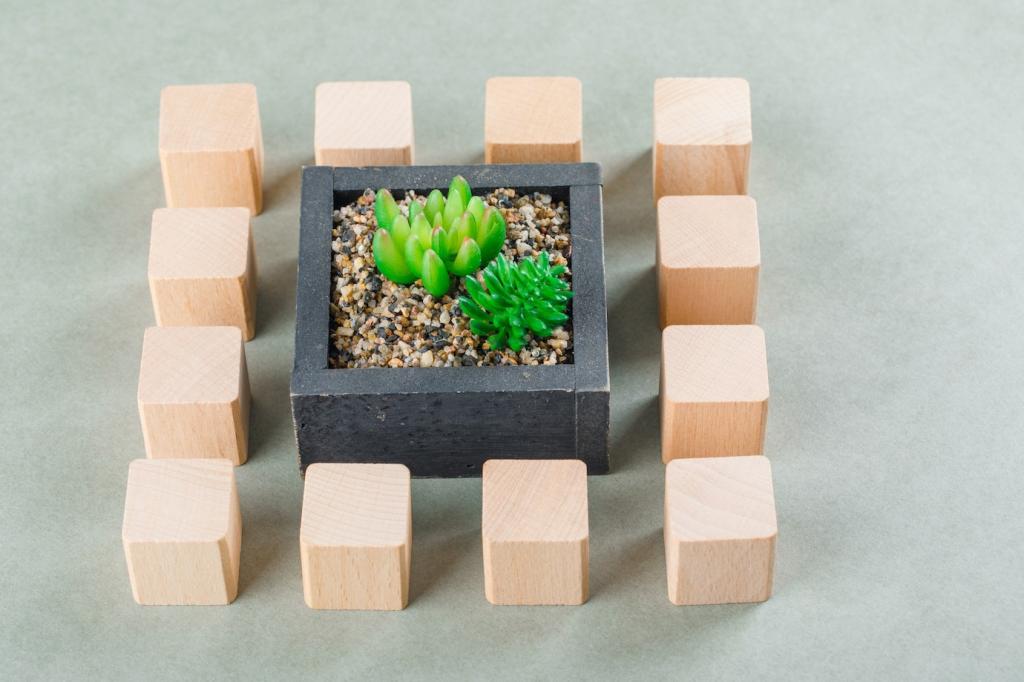
Water Features in Natural Landscaping: Living Water, Living Landscapes
Chosen theme: Water Features in Natural Landscaping. Welcome to a place where streams, ponds, and rain gardens blend with native plants to revive biodiversity, calm the mind, and turn everyday spaces into soulful, sustainable sanctuaries.
Reading the Land Before Adding Water
Track how sun arcs across the garden and where breezes gather or stall; water features amplify these patterns. Spend a week observing. Note heat pockets, cool corners, and sound corridors. Share your notes with us and ask questions.
Reading the Land Before Adding Water
A simple percolation test can save future headaches. Dig a hole, fill it, time the drain. Slow-draining soils favor lined ponds; quick-draining soils suit rain gardens. Tell us your results, and we’ll help interpret the clues.
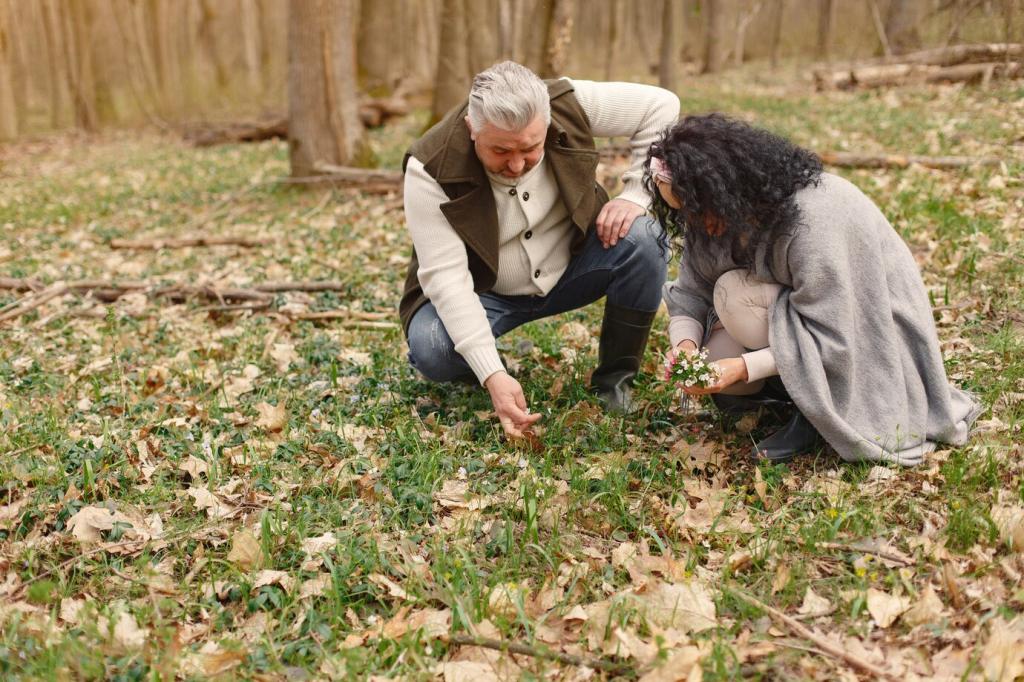
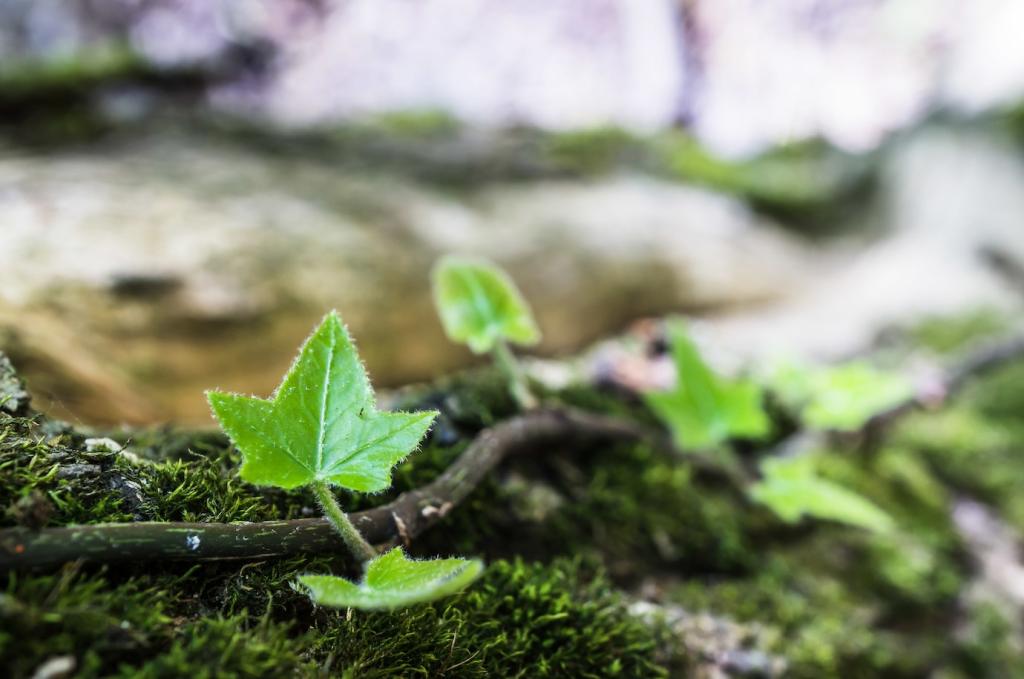

Naturalistic Ponds that Feel Native
Shallow shelves invite sedges, rushes, and iris to knit water to land. Irregular shorelines create microhabitats and safe wildlife access. Share your favorite native marginal plants and why they earned a place around your pond.
Circulation Loops and Energy Choices
Match pump to head height and desired flow so water returns efficiently and quietly. Consider solar where feasible, and run on timers. Share your pump specs and runtime strategy to help others balance sound, cost, and ecology.
Stonework that Looks Found, Not Placed
Bury stones deeply, lean them slightly downstream, and vary sizes for believable geology. Let water choose its path, then nudge it. Post a photo of a favorite rock arrangement and tell us how the sound changed afterward.
Anecdote: The Courtyard Stream that Changed Mornings
A reader turned a narrow walkway into a rill that whispers under a stepping stone. Neighbors now linger with coffee, listening for wrens. If a small stream reshaped your routine, share the moment and subscribe for future stories.
Rain Gardens and Stormwater as a Resource
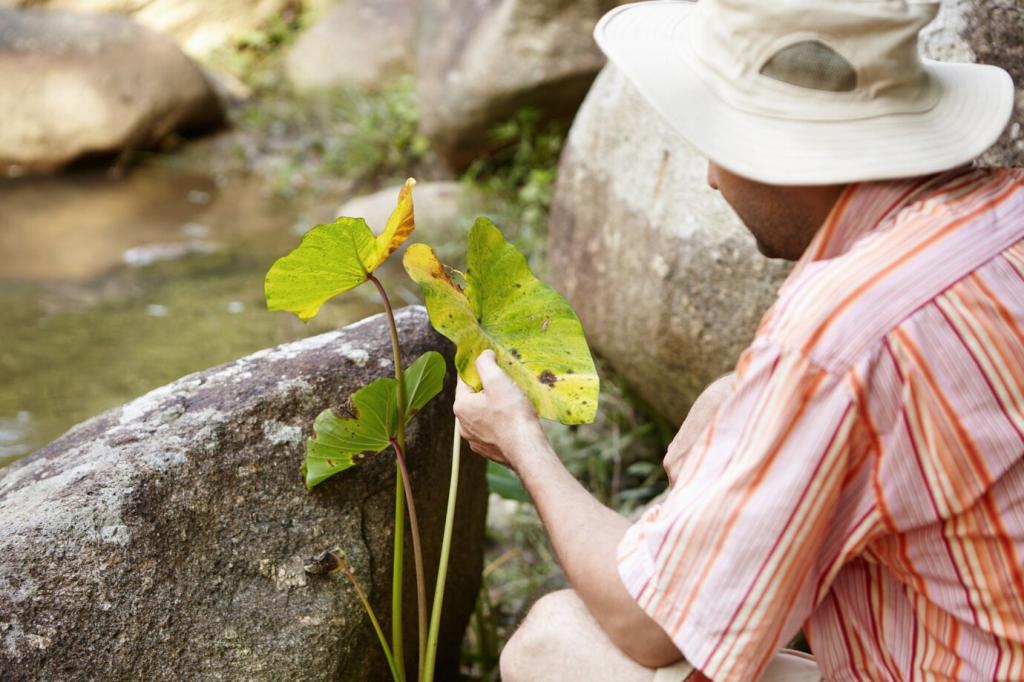
Harvesting from Roofs and Hardscapes
Direct flow through a first-flush diverter, across a stone splash pad, into a planted basin. Level spreaders reduce gullying. Tell us how you route water on heavy rain days and what tweaks improved infiltration most.

Plant Communities that Drink Deeply
Combine fibrous-rooted grasses, moisture-loving perennials, and shrubs that shrug off both feast and famine. Aim for bloom succession. Share your regional plant list so fellow readers can build resilient palettes suited to local climates.
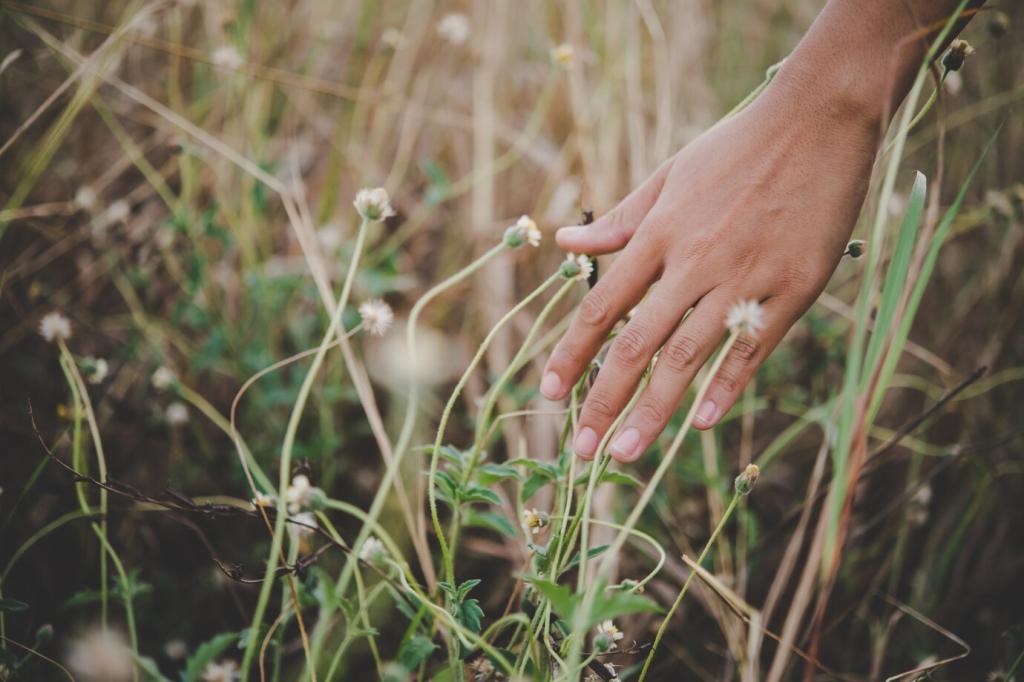
Overflow Paths and Peace of Mind
Design safe spillways that handle the rare storm, using swales or a discreet drain. Mulch smart to prevent float-away. Ask about sizing overflow features below, and subscribe for our upcoming storm-readiness checklist.
Small-Space Water, Big Impact
Use a glazed pot without a drain hole, a couple of submerged oxygenators, and a dwarf lily for drama. Skip fish in tiny volumes. Share your container dimensions and we’ll suggest plant combinations that thrive beautifully.
Small-Space Water, Big Impact
Water emerges, murmurs, and vanishes into a hidden basin—kid-safe, pet-safe, mesmerizing. Mind the splash zone and pump access. Post your favorite urn material and tell us how the sound changes with different spill lips.
Small-Space Water, Big Impact
Keep water shallow, clean, and shaded; add pebbles for bees. A simple dripper invites constant visitors. Share which birds arrived first at your bath, and subscribe for our weekly wildlife-friendly maintenance reminders.
Care, Seasons, and Resilience
Favor recirculating systems, shade the water, and reduce evaporation with surface coverage. Consider approved graywater where regulations allow. Tell us your water-saving wins and follow for more tips on responsible, beautiful abundance.

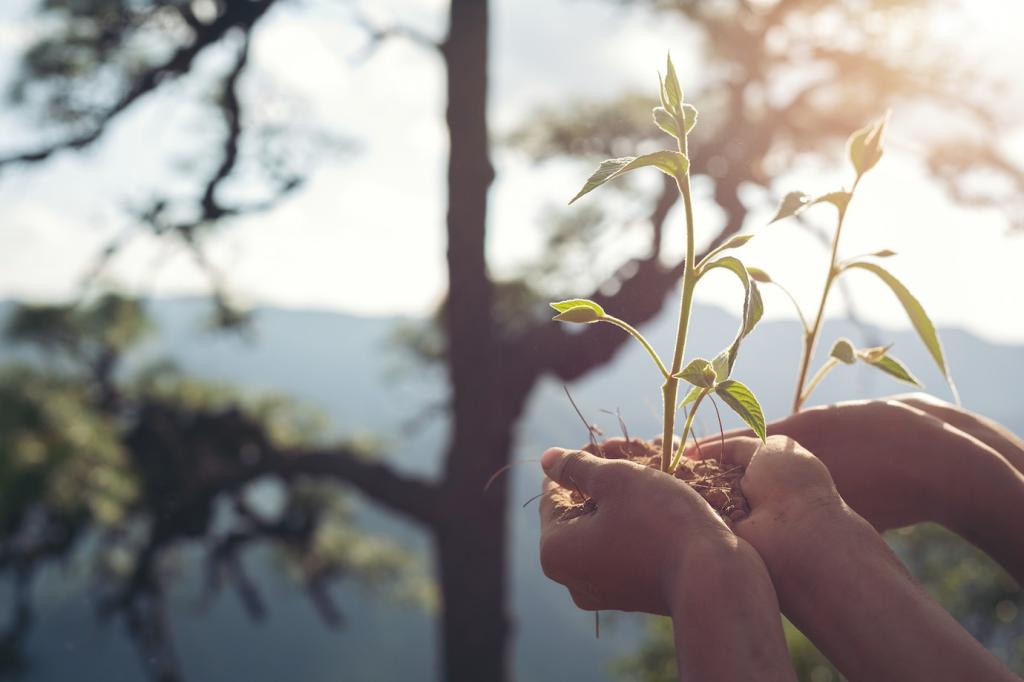
Care, Seasons, and Resilience
Remove pumps if freezing threatens, net leaves before they sink, and clean basins in early spring. Restart slowly, watching clarity. Share your regional winter routine so newcomers can learn what truly matters when temperatures swing.
